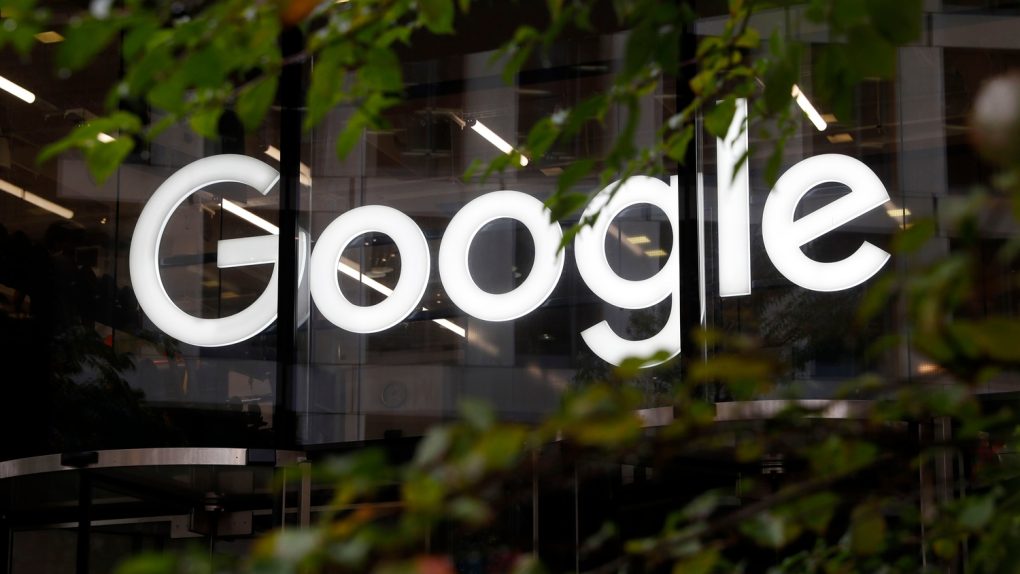Google has a fantastic set of apps available across platforms, but you have to leave your privacy at the door to access them. There’s no way to pay for Search, Gmail, or Google Maps other than with your data. Google doesn’t actually sell identifiable data, as everything is anonymized, so advertisers can’t actually know who you are. And Google has been intensifying its efforts in the name of privacy in recent years for a variety of reasons.
Apple’s stance on privacy and security is one, Facebook’s election fumble is another, and then there are Google’s own past violations that have made many people extremely wary. But Google doesn’t just collect user data from your interactions with its mobile apps, and the next data-driven Google product might turn out to be a life-saving innovation that has nothing to do with your anonymized data.
One of the things Google is paying close attention to is the weather, and the company is looking at ways to bring better, faster forecasts that could be a lot more useful than regular weather prediction systems.
Google explained in a post on its AI blog how it’s been making use of machine learning to accurately forecast precipitation with greater accuracy than the more expensive models used by the NOAA:
A significant advantage of machine learning is that inference is computationally cheap given an already-trained model, allowing forecasts that are nearly instantaneous and in the native high resolution of the input data. This precipitation nowcasting, which focuses on 0-6 hour forecasts, can generate forecasts that have a 1km resolution with a total latency of just 5-10 minutes, including data collection delays, outperforming traditional models, even at these early stages of development.
Google explains that its systems would work better in those situations where accurate weather predictions could mean the difference between life and death, like localized storms where the events evolve on hourly timescales. Google’s models could also be used to adapt faster to unexpected climate patterns caused by global warming and offer more accurate forecasts in the hours following an unexpected event.
NOAA forecasts use a lot more data and take longer to compile. NOAA collects 100 terabytes of data per day, and uses supercomputers for 1- to 10-day global forecasts:
However, the availability of computational resources limits the power of numerical weather prediction in several ways. For example, computational demands limit the spatial resolution to about 5 kilometers, which is not sufficient for resolving weather patterns within urban areas and agricultural land. Numerical methods also take multiple hours to run. If it takes 6 hours to compute a forecast, that allows only 3-4 runs per day and resulting in forecasts based on 6+ hour old data, which limits our knowledge of what is happening right now. By contrast, nowcasting is especially useful for immediate decisions from traffic routing and logistics to evacuation planning.
In the example Google provided, its forecast was better than the NOAA, being able to capture the general motion and shape of a storm more accurately. However, Google’s algorithms can do only so much, and the NOAA’s complex models tend to offer better results when attempting to predict weather beyond 6 hours.
What Google’s AI does is look at radar-generated 2D images to predict rainfall, but its weather system can’t assess 3D images, which would also provide information about cloud formation and possibly improve forecasts beyond the 6 hours window. But in the future, things could change significantly if Google can deploy its own weather system at scale, or combine it with NOAA data for immediate, accurate weather forecasts.








